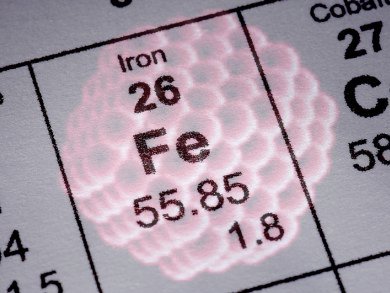Rapidity, sensitivity, and low costs are primary goals in cancer detection. A new method based on magnetoferritin nanoparticles and developed by Kelong Fan, University of Tokyo, Japan, and colleagues, meets all three criteria.
By encapsulating iron nanoparticles inside a recombinant human heavy chain ferritin shell, the researchers created magnetoferritin nanoparticles which permit a specific and sensitive detection of cancerous tissues. While heavy chain ferritin specifically binds to tumor cells via transferring receptor 1, a molecule overexpressed on these cells, the iron oxide core, in the presence of H2O2, oxidizes peroxidase substrates to produce insoluble colored precipitates which stain tumor cells.
The researchers demonstrated that this technology can distinguish tumor cells from adjacent healthy cells with 95 % specificity and 98 % sensitivity. Endowed with higher accuracy and repeatability compared with traditional immune-istochemistry techniques, magnetoferritin nanoparticles represent a new promising cancer diagnostic tool.
- Magnetoferritin nanoparticles for targeting and visualizing tumour tissues,
K. Fan, C. Cao, Y. Pan, D. Lu, D. Yang, J. Feng, L. Song, M. Liang, X. Yan,
Nature Nanotechnol. 2012.
DOI: 10.1038/nnano.2012.90




